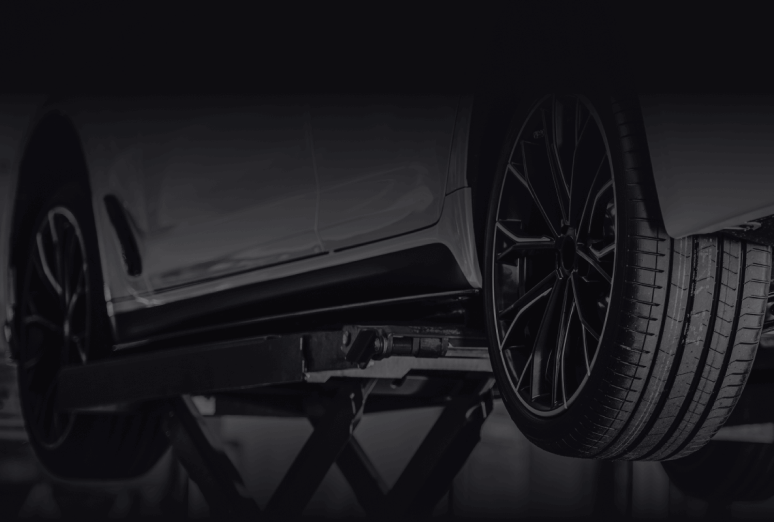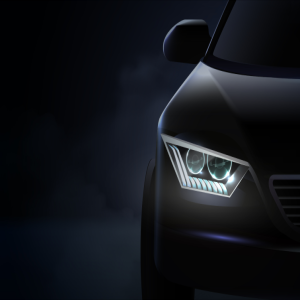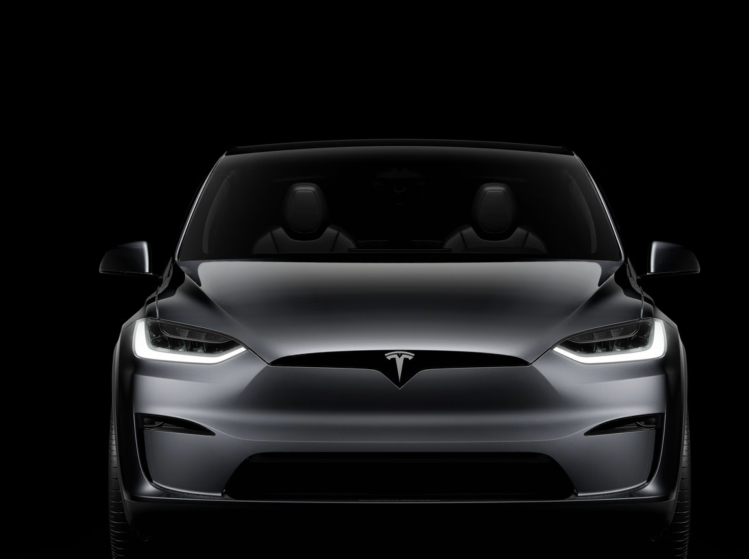How Modern Automotive Design Prioritizes the Human Experience
Introduction to Human-Centric Design in Cars
In recent years, the focus of automotive design has shifted significantly towards the human experience. This approach, known as human-centric design, seeks to tailor the car’s environment to the needs and comforts of the driver and passengers. This blog post explores how modern vehicles are designed with the user at the core, integrating advanced technology, safety features, and ergonomic enhancements to redefine the driving experience.
The Role of Technology in Enhancing User Experience
Technology has become a cornerstone of automotive design, profoundly impacting how drivers interact with their vehicles. From infotainment systems to advanced driver-assistance systems (ADAS), technology in modern cars is primarily geared towards creating a safer, more comfortable, and more intuitive driving experience.
Infotainment Systems
Modern infotainment systems offer more than just entertainment. They provide crucial real-time data about the vehicle's performance and external conditions. Features like GPS navigation, traffic alerts, and vehicle status reports keep the driver informed and prepared for any road conditions.
Advanced Driver-Assistance Systems (ADAS)
ADAS technologies such as adaptive cruise control, lane-keeping assist, and automatic emergency braking elevate safety by reducing the potential for human error. These systems not only protect the occupants but also enhance the overall driving experience by allowing for a more relaxed and confident approach to driving.
Improving Safety Through Design
Safety is a fundamental aspect of human-centric automotive design. Modern cars are equipped with a suite of safety features that protect passengers and pedestrians alike, reflecting the industry’s commitment to reducing accident rates and enhancing vehicle safety.
Structural Innovations
The use of high-strength steel and advanced composites in car frames increases the vehicle's resilience in a collision, ensuring better protection for occupants.
Sensor-Based Safety Features
Vehicles today come with an array of sensors that aid in preventing accidents. These sensors can detect potential hazards, from unintended lane departures to obstacles in the blind spot, providing warnings or even taking corrective actions to avoid collisions.
Ergonomics and Comfort
Ergonomics play a crucial role in automotive design, focusing on making the vehicle as comfortable as possible for all occupants. Adjustments in seat design, positioning of controls, and overall cabin layout are all meticulously planned to ensure ease of use and comfort during travel.
Adaptive Seating
Seats in modern vehicles often feature adjustments for position, lumbar support, and even temperature, catering to the comfort preferences of passengers and drivers alike.
Climate Control Systems
Advanced climate control systems allow for personalized temperature settings, ensuring that each passenger can create an environment suited to their own comfort level.
Conclusion: The Future of Automotive Design
As we look towards the future, the emphasis on the human experience in automotive design is only set to intensify. With the advent of autonomous vehicles and further advancements in technology, the focus will increasingly shift from driving performance to passenger comfort and experience. The goal remains clear: to create vehicles that are not only efficient and safe but also perfectly attuned to the needs and well-being of human occupants.





Comments (0)